Beat Hard Water Stains: Restore Sparkle to Every Surface in Your Home
Difficulty: Novice
Time: 20-45 minutes per surface
Cost: ~$3-5
Hard water stains are one of those household battles that can make you feel like you're losing the war against your own plumbing. Those stubborn white, chalky deposits that show up on your shower doors, faucets, and fixtures aren't just unsightly—they're mineral buildup that affects 85% of US homes, making this a challenge most of us face daily.
When water containing dissolved calcium and magnesium evaporates, it leaves behind mineral deposits that appear as white, cloudy, or even rust-colored stains depending on your local water composition. The frustrating part? These deposits can cause permanent damage if left untreated, potentially leading to costly fixture replacements down the road.
But here's the good news—you don't need expensive commercial cleaners or a chemistry degree to win this fight. With common household items and proven techniques, you can eliminate these mineral deposits and prevent them from returning.
What You'll Need
Materials
- 2 cups white vinegar
- 1 cup baking soda
- 2 cups water
- 1 tablespoon liquid dish soap (optional for vertical surfaces)
Tools
- 2-3 spray bottles
- Microfiber cloths (4-5 clean ones)
- Soft-bristled brush or old toothbrush
- Rubber bands
- Toilet brush
Safety First
- Ensure good ventilation when using vinegar—the smell can be strong in enclosed spaces
- Wear gloves if you have sensitive skin
- Never mix vinegar with bleach-based cleaners
- Test solutions on inconspicuous areas first, especially on natural stone surfaces
Understanding Your Enemy: The Science Behind Hard Water Stains
Before you tackle these stains, understanding what makes them so stubborn gives you a strategic advantage. Hard water forms when water filters through limestone and chalk deposits, collecting dissolved minerals that create hardened mineral deposits requiring more effort to remove than regular dirt. That's because basic cleaners usually don't have what it takes to break down mineral buildup.
Time works against you here. The longer you let hard water stains sit, the tougher they get to remove, and they may become permanent if left untreated. This makes regular maintenance your best defense against costly repairs.
Why it works: Professional cleaners know that acids react with mineral deposits to produce soluble salts that can be easily cleaned away. White vinegar excels because its acetic acid breaks down mineral deposits by attracting hard-water calcium and magnesium ions, making a simple white-vinegar-and-water mixture the best hard-water stain remover according to cleaning experts.
Step 1: Glass Surfaces (Shower Doors, Windows, Mirrors)
-
Create your cleaning solution by mixing equal parts white vinegar and water in a spray bottle. Label it "Glass Cleaner" for future use.
-
Apply generously to stained glass surfaces, ensuring complete coverage of white spots and streaky areas. Let it sit for 8-10 minutes while the acid dissolves mineral deposits.
-
For stubborn buildup, make a paste by mixing equal parts baking soda and water and apply to problem areas before spraying with vinegar solution.
-
Scrub gently with a microfiber cloth using small circular motions. The loosened deposits should lift away easily—don't press hard.
-
Rinse thoroughly with clean water and immediately dry with a clean microfiber cloth to prevent new spots.
Step 2: Bathroom Fixtures and Faucets (The Wrap Method)
-
Soak a microfiber cloth in undiluted vinegar and wrap it around water-spotted faucets, securing with rubber bands.
-
Leave wrapped for 30 minutes for maximum mineral breakdown. For removable parts like showerheads, soak them in vinegar overnight for severe buildup.
-
Remove cloth and scrub with an old toothbrush to lift loosened deposits from crevices and detailed areas.
-
Rinse and dry thoroughly to restore shine and prevent immediate re-spotting.
Step 3: Shower Doors and Tile (Double-Duty Cleaning)
Shower areas face the challenge of both hard water stains and soap scum, since soap scum forms when mineral ions react with fatty oils from soap.
-
Create gel cleaner by combining white vinegar with a small amount of dish soap—about 1 tablespoon soap per cup vinegar. This helps the solution cling to vertical surfaces.
-
Apply and wait 10-15 minutes for the solution to penetrate both mineral deposits and soap film.
-
Scrub tile grout using a soft toothbrush to clean grout lines and remove deposits where minerals accumulate.
-
Rinse completely and dry all surfaces to prevent new buildup.
Step 4: Toilets (Deep-Clean Mineral Rings)
-
Pour cleaning vinegar into the bowl and let it sit for 20 to 30 minutes, ensuring coverage above and below the waterline.
-
Add fizzing power by sprinkling baking soda over the stains and letting it fizz for 10 minutes before adding more vinegar.
-
Scrub and flush to remove all loosened minerals. For stubborn rings, a mixture of borax and vinegar removes just about any hard-water stain, especially on toilet bowls.
Cleanup & Disposal
- Store leftover vinegar solution in labeled spray bottles for future use (keeps for months)
- Rinse all cloths thoroughly in clean water before washing to remove mineral residue
- Pour used cleaning solutions down the drain—they're safe for septic systems
- Wipe down all tools and store in ventilated area
Troubleshooting
Problem: Vinegar smell lingers → Fix: Rinse surfaces with plain water and improve ventilation during cleaning
Problem: Stains return immediately → Fix: You're not drying thoroughly after rinsing; water spots form as clean water evaporates
Problem: No improvement after treatment → Fix: Stains may be permanent etching; try commercial lime-scale remover or consider professional restoration
Variations & Upgrades
Budget option: Use lemon juice instead of vinegar—natural acids like vinegar and lemon juice can help remove hard water stains
Enhanced cleaning: For tough stains, try Bar Keepers Friend, which contains oxalic acid that breaks down mineral deposits
Long-term protection: Apply glass sealants that act as an invisible shield, helping to repel mineral-laden water and cause water to bead up and roll off the surface
Prevention That Actually Works
Smart prevention saves hours of scrubbing later. Weekly cleaning routines and wiping down surfaces after use can prevent hard water stains from forming initially. The key is consistency—daily wipe-downs of shower doors and faucets take just 30 seconds but prevent major buildup.
For comprehensive solutions, installing a water softener removes excess minerals from water at the source rather than just treating symptoms. If that's not feasible, reapplying glass sealants every 1 to 3 years helps protect windows from hard water stains and maintains protective properties.
Maintenance Schedule for Lasting Results
Regular cleaning is the most important part of staying on top of hard water stains throughout your home. Here's a realistic schedule that prevents major problems:
- Daily: Quick wipe-down of shower doors and faucets after use
- Weekly: Deep cleaning keeps buildup under control and reduces the need for intensive scrubbing
- Monthly: Thorough treatment of toilets and heavily-used fixtures
- Yearly: Evaluate protective coatings and water softener performance
Your Mineral-Free Future Starts Today
Hard water stains don't have to dominate your cleaning routine. Armed with vinegar as your secret weapon and consistent maintenance habits, you can keep every surface in your home sparkling. Remember that these deposits can cause permanent damage if left untreated, but they're completely manageable with the right approach.
Start with your most visible problem areas—usually shower doors and bathroom faucets—then establish that weekly cleaning rhythm. Consider investing in protective sealants for high-traffic glass surfaces. Your future self will thank you when those stubborn white spots become history, and your fixtures maintain their shine for years to come. Even small daily efforts make a huge difference in preventing the buildup that leads to costly repairs.




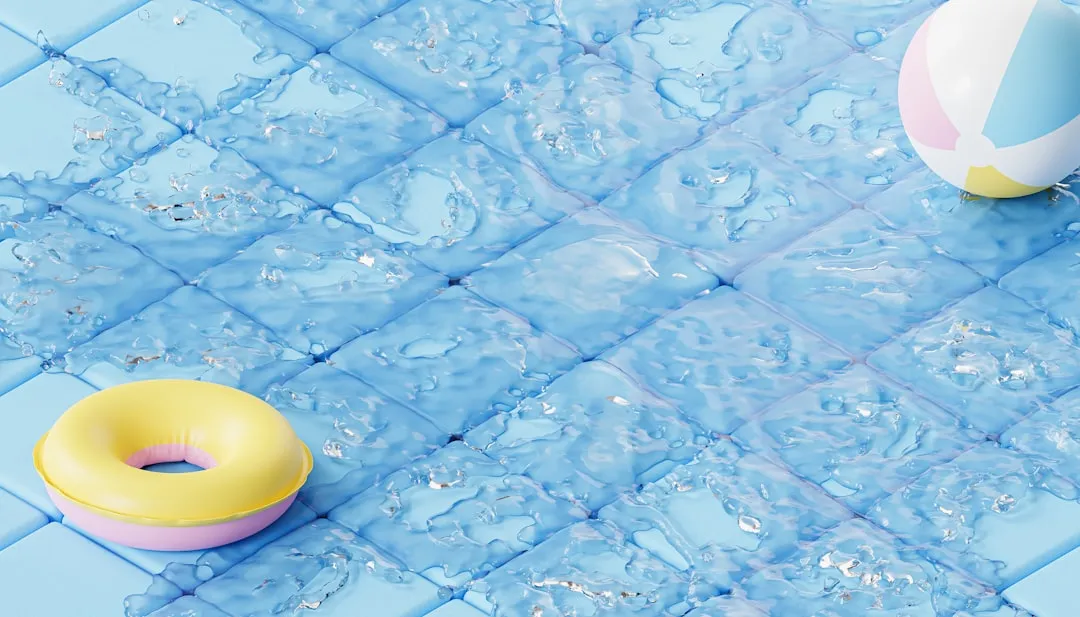
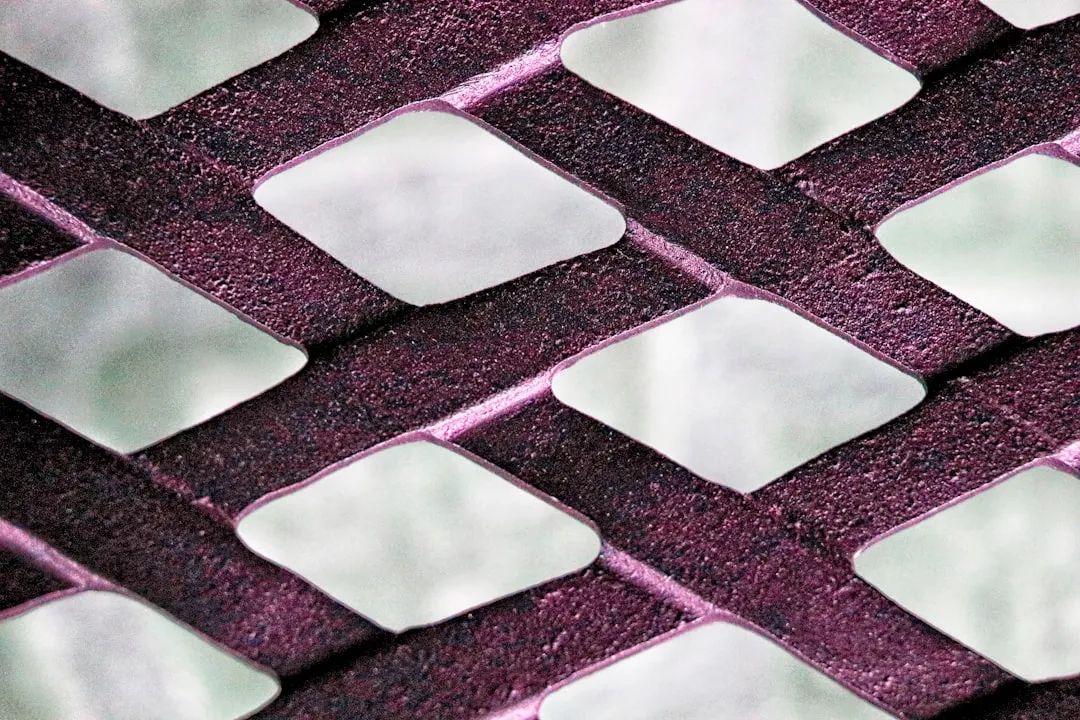

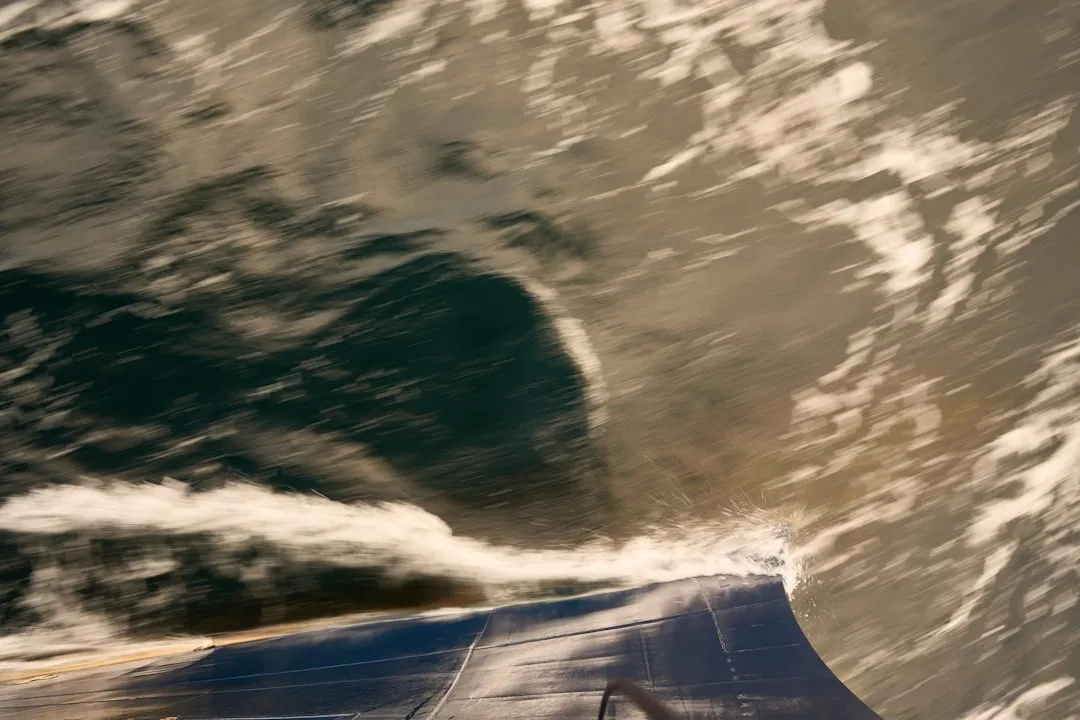


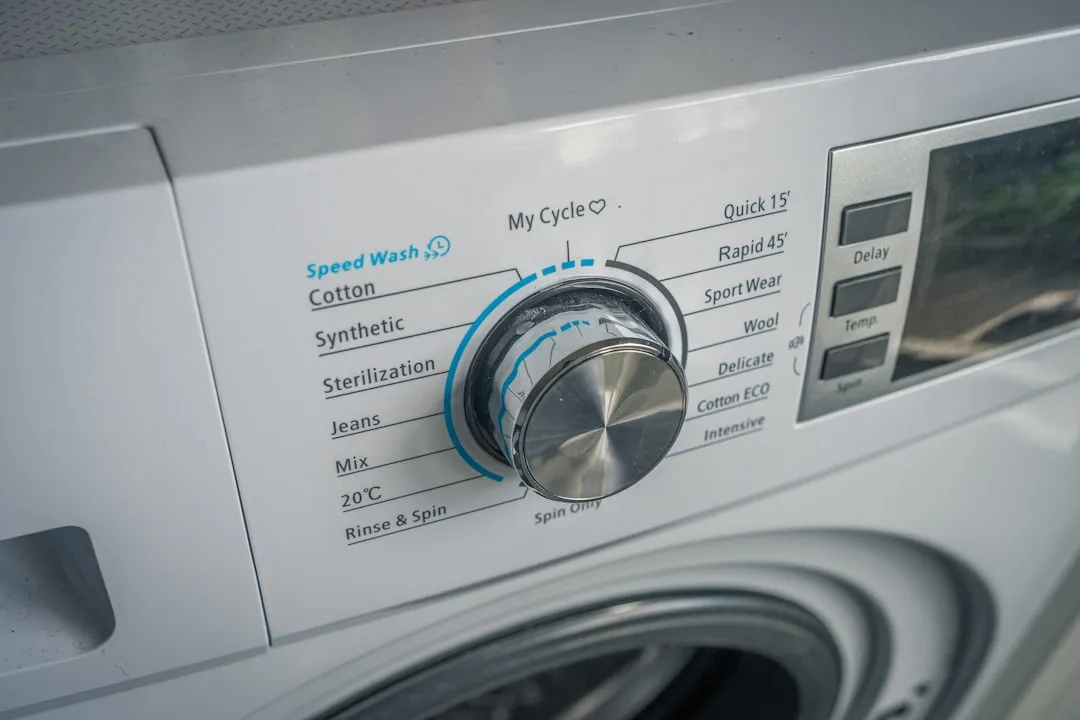

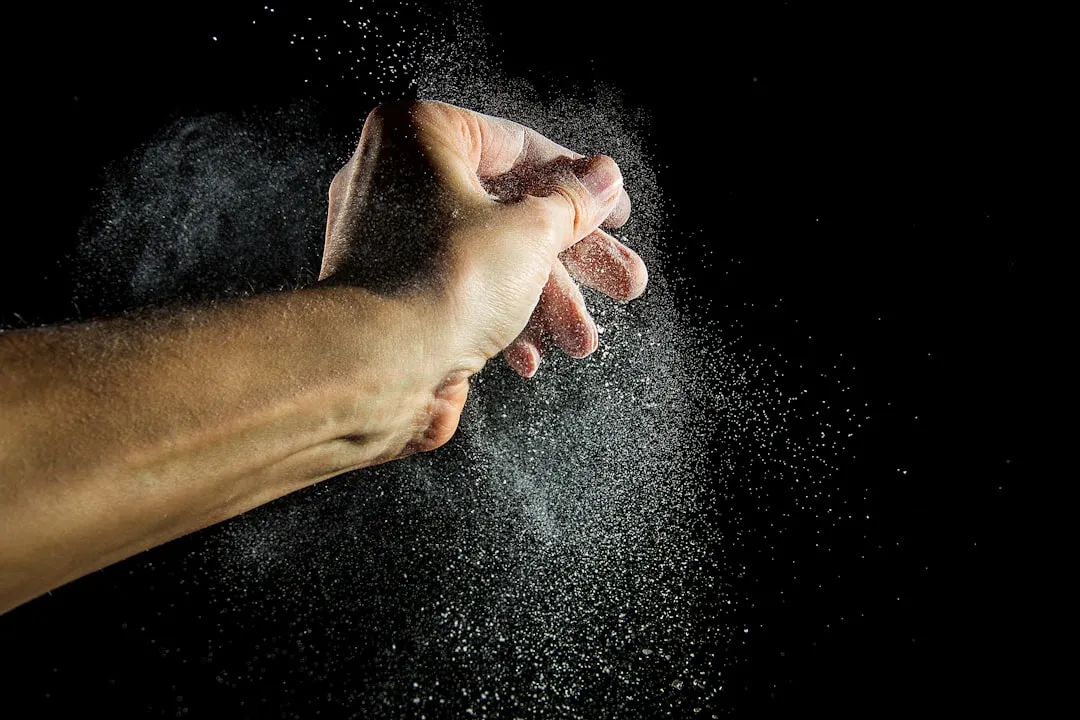
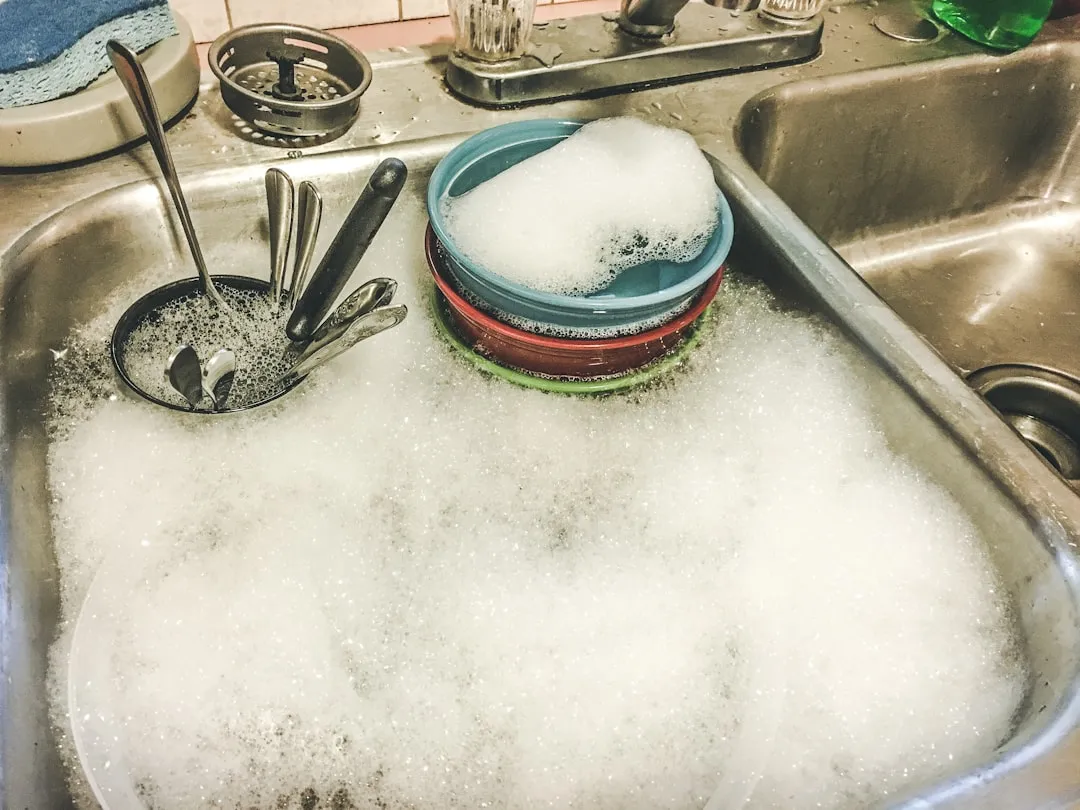

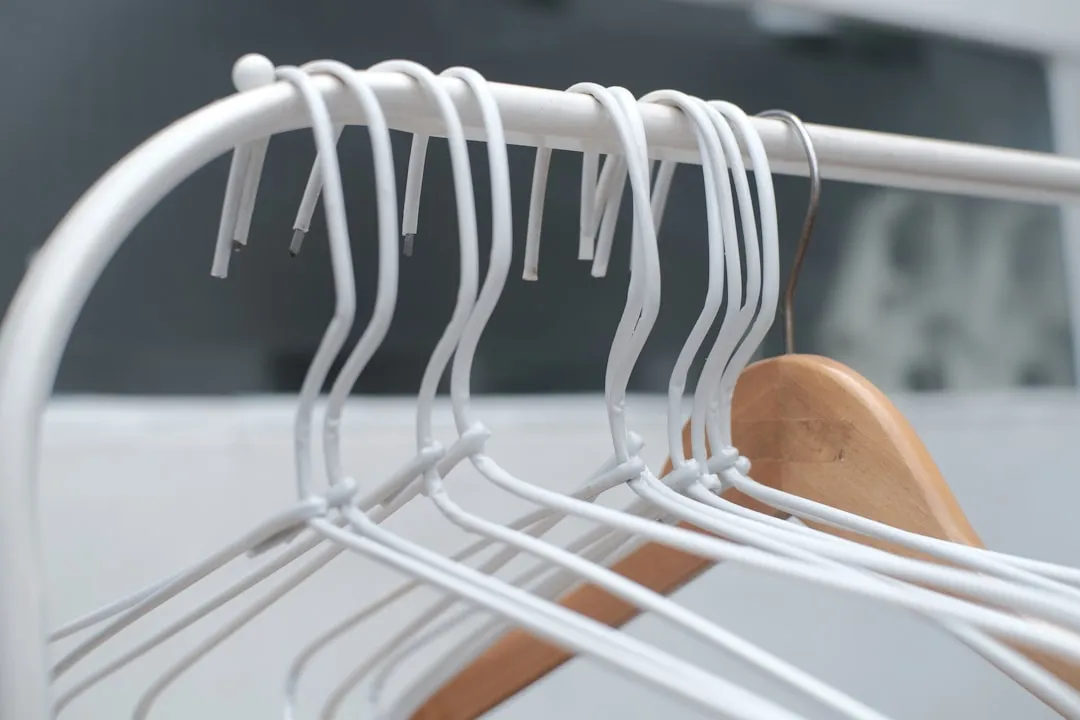

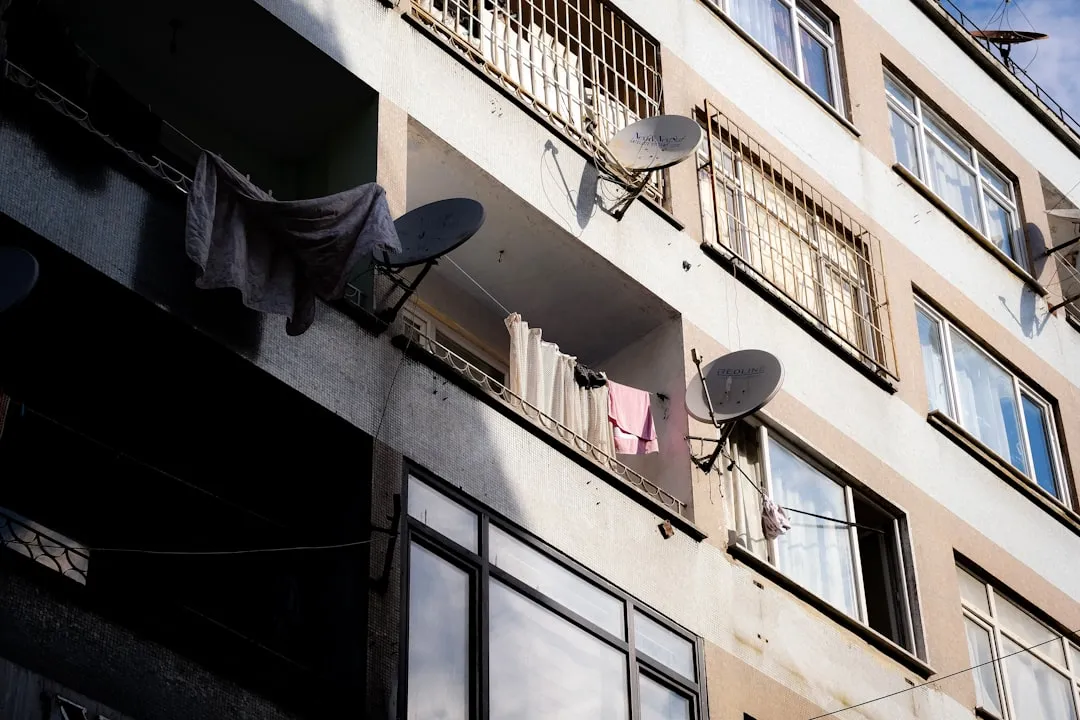

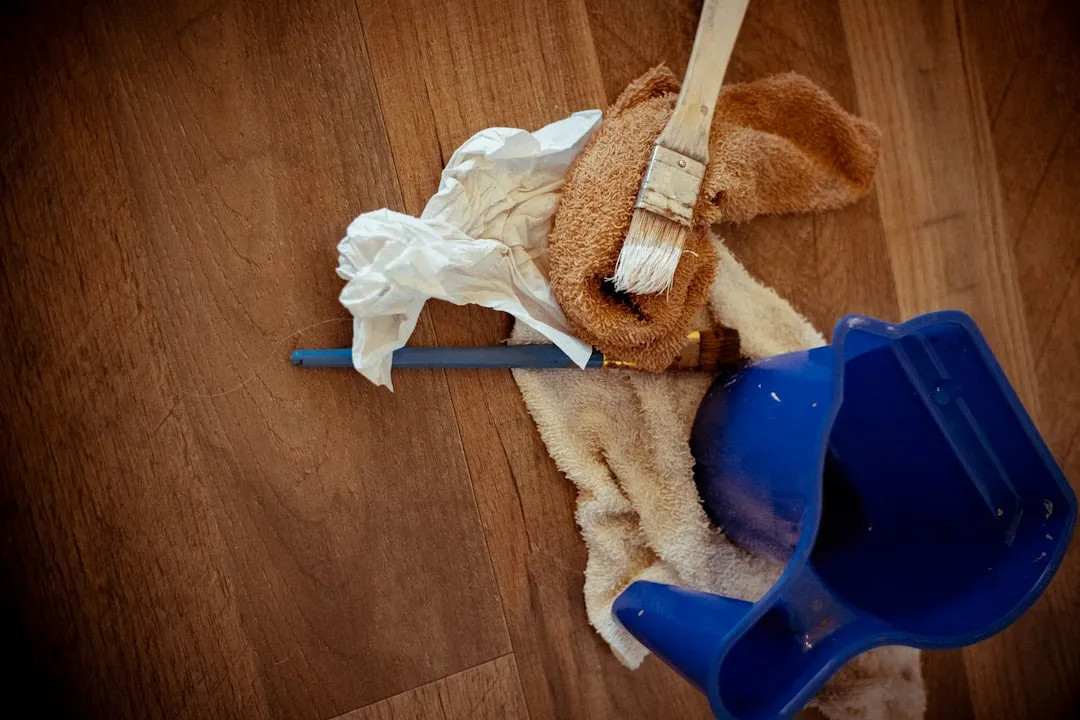

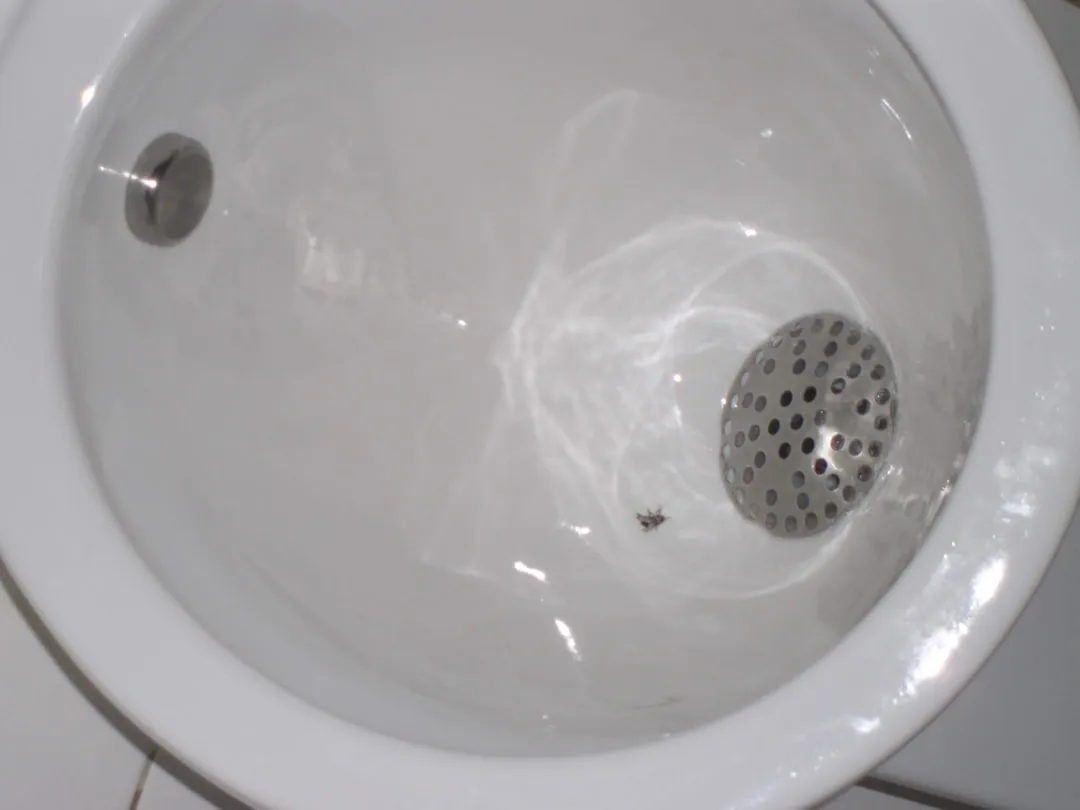
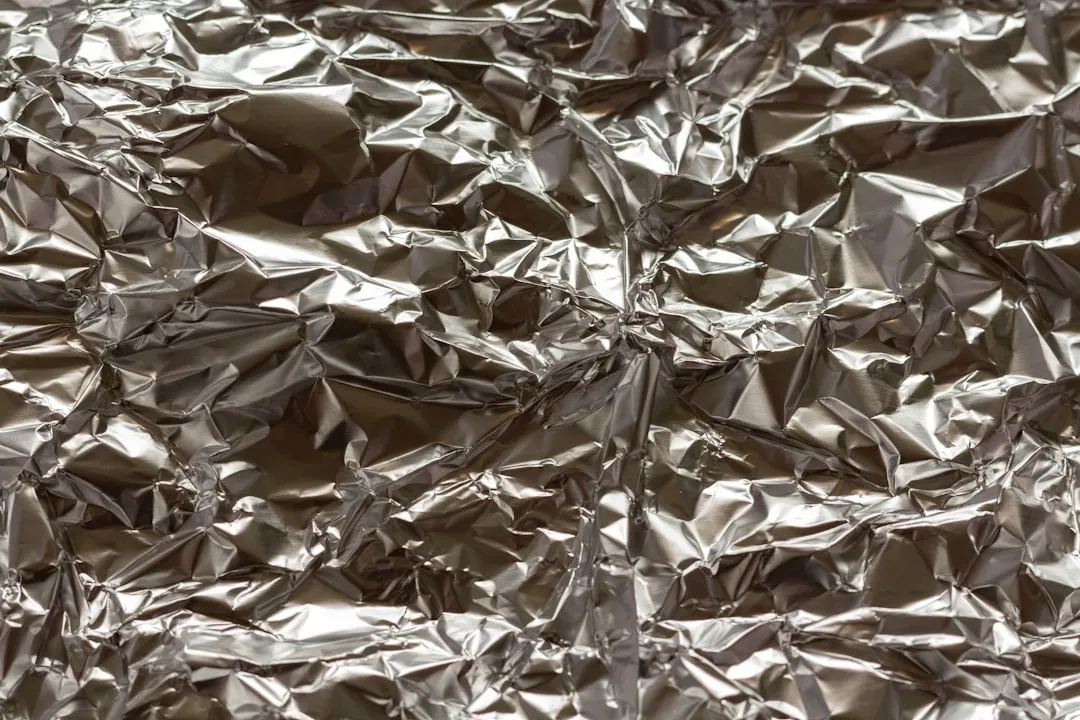
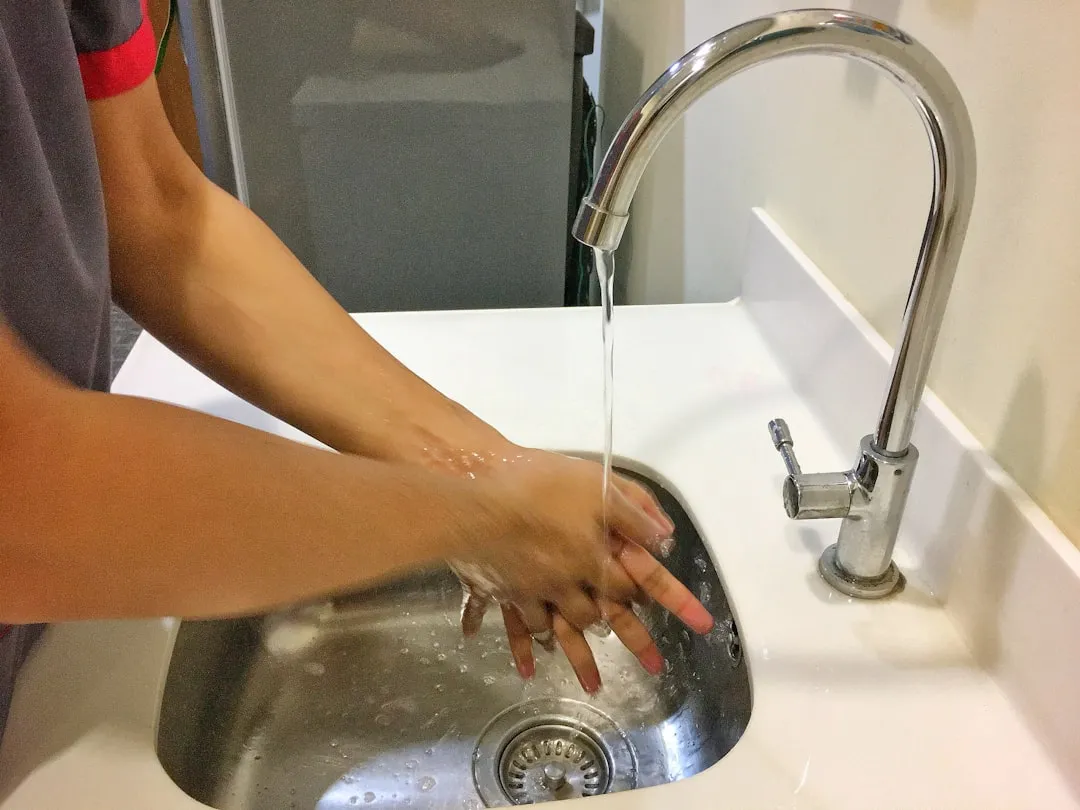
Comments
Be the first, drop a comment!